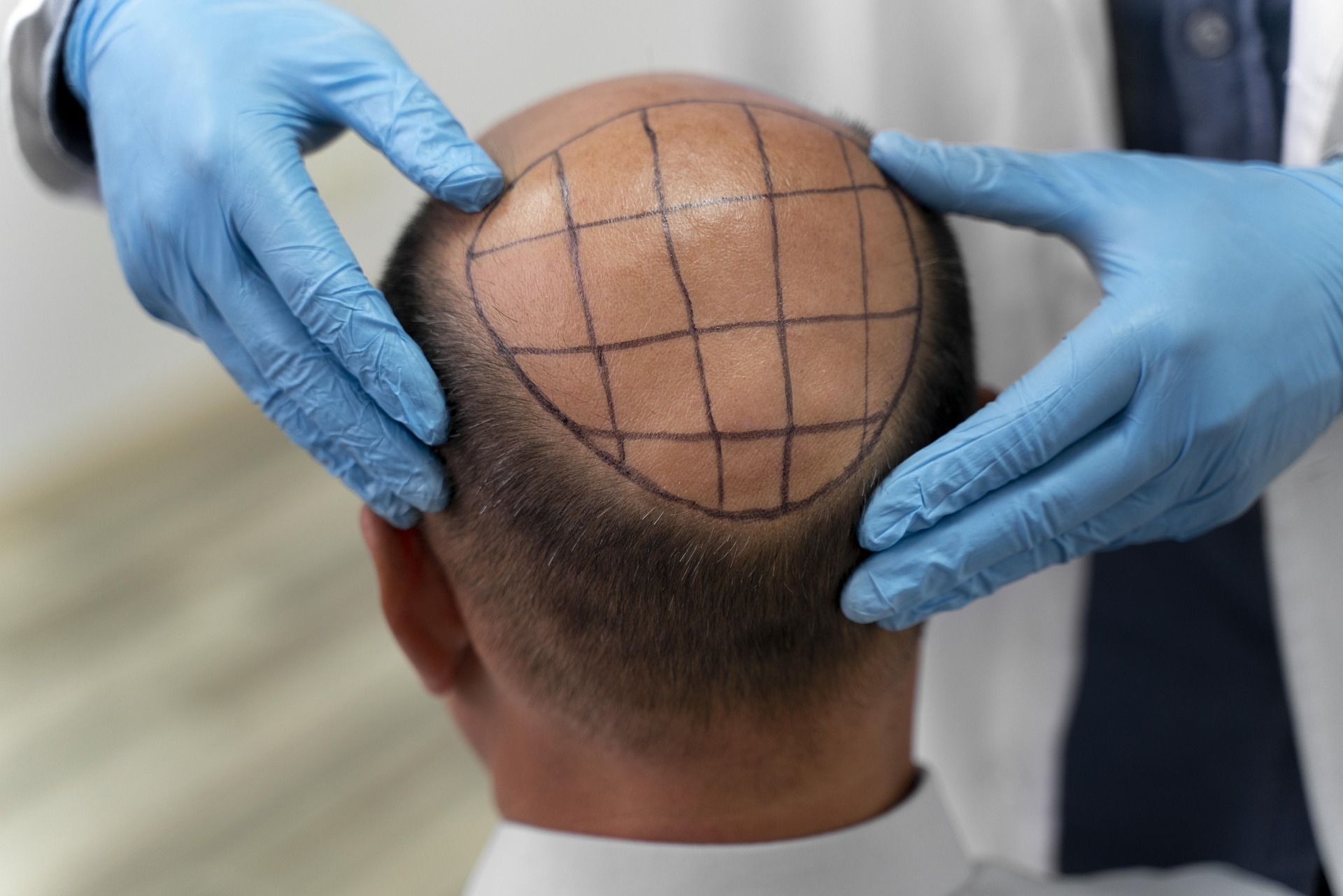Natural Hair Restoration: Complete Transplant Guide
Explore modern hair transplant options that deliver natural, long-lasting results. This in-depth guide explains how procedures like FUE and FUT work, who is a good candidate, recovery timelines, per-graft cost factors, and eyebrow restoration techniques to help you make an informed choice.

Hair loss can affect self-esteem, but contemporary hair transplant methods provide dependable, long-term solutions that recreate natural-looking hair. By relocating healthy follicular units into thinning or bald areas, surgeons enable new hair to grow and integrate with existing hair. This guide breaks down how transplants work, compares the two main surgical approaches, reviews candidate suitability, outlines what to expect during recovery, summarizes typical costs, and describes eyebrow and other precision restorations.
How transplants re-establish hair
A hair transplant takes functioning hair follicles from a donor zone, typically at the back or sides of the scalp, and moves them into the areas with reduced density. Surgeons harvest follicular units either as a contiguous strip or as individual grafts, then create tiny recipient sites and place the follicles with careful attention to angle and direction. After an initial shedding phase common to transplanted shafts, the implanted follicles resume a normal growth cycle. New visible growth generally starts within a few months and continues to thicken and mature over 12 to 18 months, producing hair that matches your original texture and color.
The two main techniques: FUT versus FUE
Two surgical strategies are widely used:
-
Follicular Unit Transplantation (FUT): Also known as the strip method, FUT involves removing a thin section of scalp from the donor area. The strip is microscopically dissected into individual follicular units, each containing one to four hairs, and those units are implanted into the receiving sites. FUT can deliver a large number of grafts in a single session but leaves a linear scar that might be visible with very short haircuts.
-
Follicular Unit Extraction (FUE): FUE extracts individual follicular units directly from the donor scalp using a small punch device. This approach minimizes visible scarring and offers more flexibility in hairstyles and typically a quicker return to regular activities. FUE sessions can be more time-intensive and may require multiple sittings for extensive coverage.
Both techniques can yield highly natural results when performed by an experienced team. The optimal method depends on the extent of hair loss, donor hair quality, scar tolerance, and patient preferences.
Who stands to benefit most
Good candidates usually have stable pattern hair loss and an adequate donor supply of follicles. Common candidates include men and women with androgenetic alopecia, people with localized hair loss from injury or surgical scars, and those with realistic expectations about outcomes. Transplants are less appropriate for individuals with diffuse thinning and insufficient donor follicles, active autoimmune conditions such as untreated alopecia areata, or infections of the scalp. A hair restoration specialist will assess your hair-loss pattern, donor reserves, and medical history to determine suitability.
What happens during surgery and in recovery
Most transplants are done under local anesthesia, and sessions can last several hours depending on the number of grafts. Because pain control is excellent, patients remain awake and comfortable. Immediately after the procedure you may notice mild soreness, swelling, tingling, or numbness in donor and recipient areas; these effects typically ease within days to a week.
Postoperative care commonly includes avoiding strenuous exercise for one to two weeks, sleeping with the head elevated initially, following a gentle washing routine, and taking any prescribed antibiotics or anti-inflammatory medications. Transplanted hairs often shed about two to three weeks after surgery, a natural phase called shock loss; new hair growth usually becomes visible by three to four months and continues to improve in density and texture up to 12 to 18 months.
Pricing and factors that affect cost
Total cost varies based on the chosen technique, the number of grafts needed, surgeon experience, clinic location, and any additional technologies used. Below is a general comparison of per-graft estimates from notable providers.
| Provider | Technique | Cost Estimation (per graft) |
|---|---|---|
| Bosley | FUE | $6 - $8 |
| Hair Club | FUT/FUE | $4 - $10 |
| Bernstein Medical | FUE | $9 - $11 |
| Restoration Robotics | ARTAS Robotic FUE | $7 - $9 |
Prices and rates shown are estimates and may change over time. Independent research is recommended before making financial decisions.
While price is an important consideration, surgeon skill and clinic reputation strongly influence naturalness and graft survival. Review before-and-after photos, check patient testimonials, and confirm credentials and follow-up policies when choosing a provider.
Eyebrow, eyelash, and precision restorations
Transplant techniques are adaptable for small, detail-focused areas like eyebrows and eyelashes. Eyebrow transplants typically use donor follicles from the scalp, placed with exact angulation to replicate natural hair direction and symmetry. Because scalp hair grows differently than eyebrow hair, ongoing trimming or shaping may be required to maintain proportion. These delicate procedures demand an artistic approach and meticulous technique to achieve balanced, subtle results.
Final thoughts and planning your procedure
Modern hair transplantation is a reliable option for many people seeking restored hair and confidence. Improvements in instruments, refined implantation strategies, and robotic assistance have enhanced predictability and reduced downtime. A thorough consultation with a qualified specialist will help you understand realistic expectations, appropriate timing, expected graft survival, and aftercare. Prepare a list of questions about the surgeon’s experience, survival rates, and post-op follow-up before committing to a clinic.
This article is for informational purposes only and should not be considered medical advice. Please consult a qualified healthcare professional for personalized guidance and treatment.





